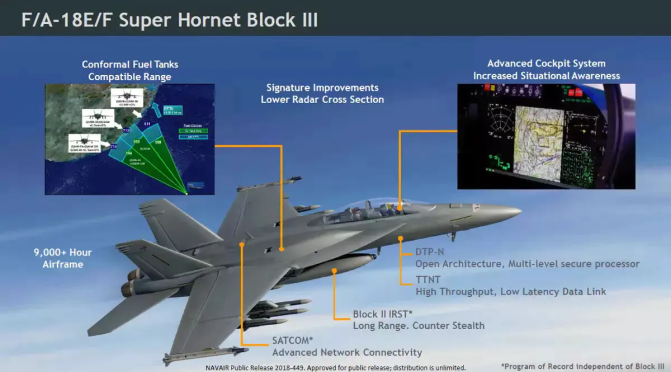- Reaction score
- 147
- Points
- 710
This might cause some woes--start of lengthy piece:
Mark
Ottawa
Is Secretary of Defense Mattis planning radical changes to how the Navy deploys?
A typical carrier deployment from Norfolk goes like this: A tearful goodbye on the pier, a trip across the Atlantic, then one or maybe two port visits in Europe before heading through “The Ditch” and into U.S. Central Command territory. There you will stay for the bulk of the cruise before returning the way you came.
Those days might be coming to an end.
The Navy and Pentagon planners are already weighing whether to withhold the Truman Carrier Strike Group from deploying to U.S. Central Command, opting instead to hold the carrier in Europe as a check on Russia, breaking with more than 30 years of nearly continuous carrier presence in the Arabian Gulf. But even more fundamental changes could be in the works.
Defense Secretary Jim Mattis has made clear as the military’s top civilian that he has a very different vision for how the military will be used in the future. And recent comments have hinted at big changes on the horizon for the Navy and how it deploys.
In testimony last month, Mattis twice compared that kind of predictability to running a commercial shipping operation, and said the Navy needed to get away from being so easily anticipated.
“That’s a great way to run a shipping line,” Mattis told the House Armed Services Committee. “It’s no way to run a Navy.”
But as Mattis and Chairman of the Joint Chiefs Gen. Joseph Dunford drive towards new ways of employing the fleet, changing the way that fleet deploys will put pressure on its existing deployment model, forcing the Navy to rethink a structure that governs nearly everything it does — from manning and training to its maintenance cycles.
In an era of great-power competition with China and Russia, Mattis describes the Navy showing up where it’s not expected, making deployments less burdensome to the fleet and its families but more worrisome to a potential adversary.
“The way you do this is [to] ensure that preparation for great power competition drives not simply a rotational schedule that allows me to tell you, three years from now, which aircraft carrier will be where in the in the world,” he told House lawmakers. “When we send them out, it may be for a shorter deployment. There will be three carriers in the South China Sea today, and then, two weeks from now, there’s only one there, and two of them are in the Indian Ocean.
“They’ll be home at the end of a 90-day deployment. They will not have spent eight months at sea, and we are going to have a force more ready to surge and deal with the high-end warfare as a result, without breaking the families, the maintenance cycles — we’ll actually enhance the training time.”
OFRP under pressure
Experts contend that what Mattis is describing, a concept he’s labeled as “Dynamic Force Employment,” would necessarily create tension with the Navy’s current deployment model known as the Optimized Fleet Response Plan, an iteration of similar plans that have been in place since the Cold War.
Under the plan, introduced in 2014 by then-Fleet Forces Commander Adm. Bill Gortney, ships operate in a 36-month cycle that carves out 16 months for training and maintenance, a seven-month deployment and 13 months where the carrier and its escorts are to maintain a high level of readiness in case it needs to deploy again.
Around that model the Navy builds everything from when it brings in new recruits to boot camp to when an aircraft carrier needs to come out of its years-long reactor overhaul. It’s also a system that builds in a significant dip in readiness where, during maintenance phases, ships lose sailors with critical skills to other commands and shore duty assignments.
The dip in readiness is deliberate and informs both manning levels on the ship and the Navy’s overall end strength. Simply put, there are not enough trained sailors in the Navy to fill every job on every ship, and that’s all built into the plan.
The key to the whole plan working, however, is at least a degree of predictability...
https://www.defensenews.com/naval/2018/05/02/is-secretary-of-defense-mattis-planning-radical-changes-to-how-the-navy-deploys/
Mark
Ottawa


/arc-anglerfish-arc2-prod-mco.s3.amazonaws.com/public/3LDVYV2ARZAZLJMOLHSI2F3V5Y.png)

